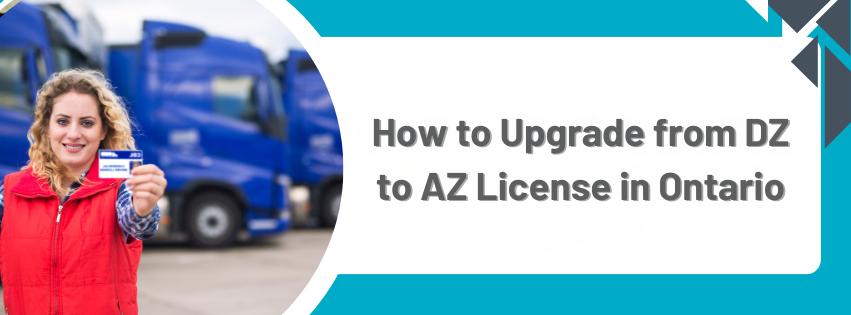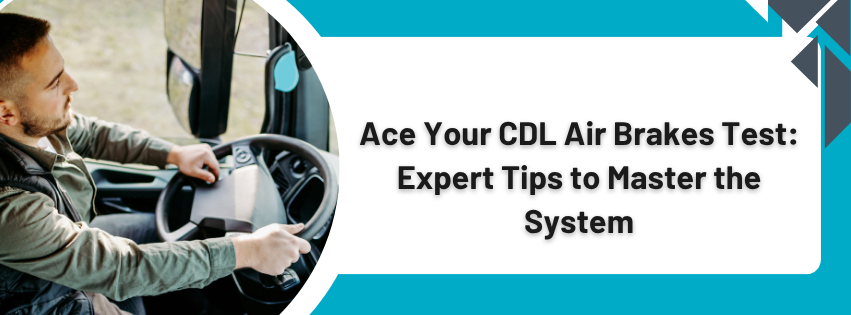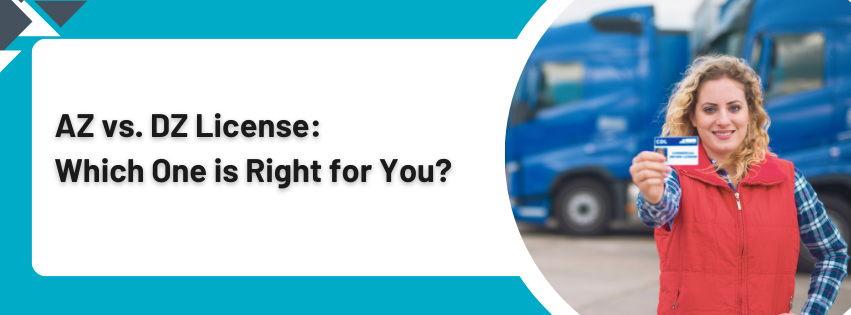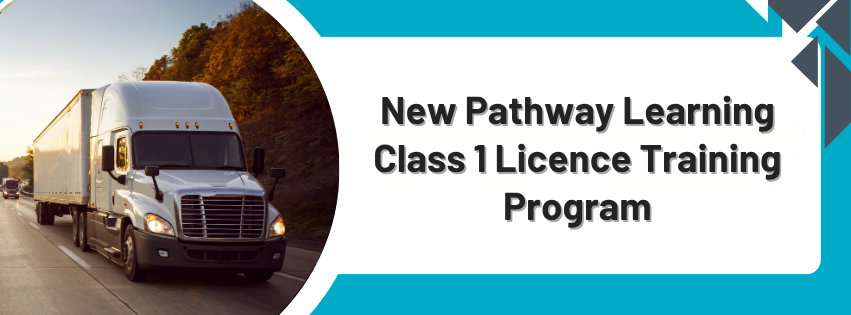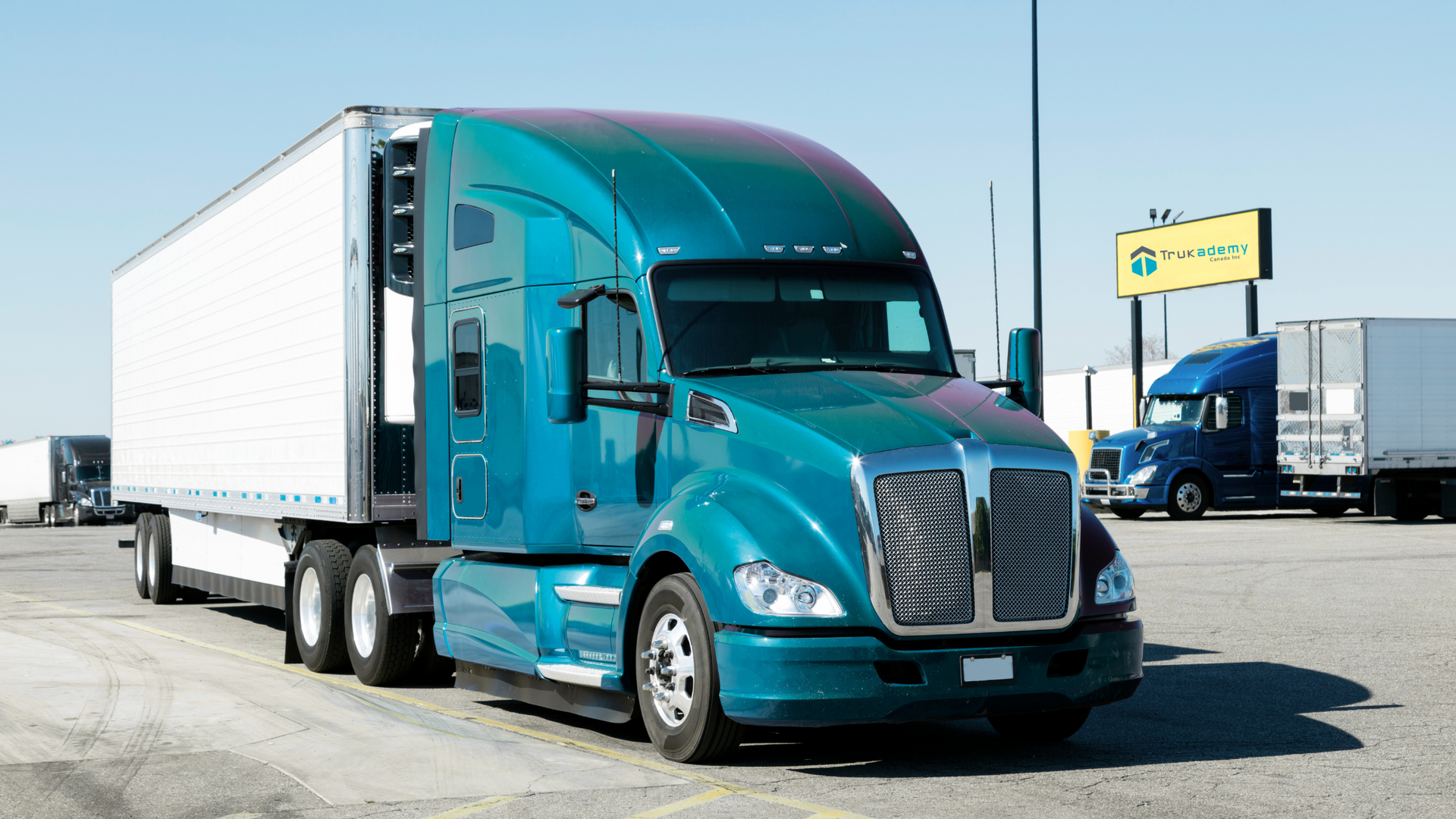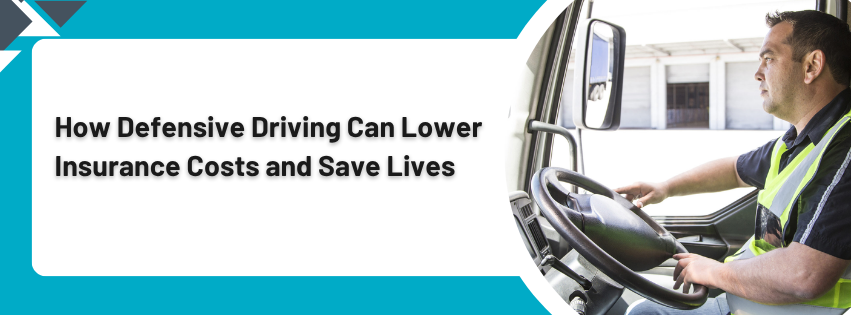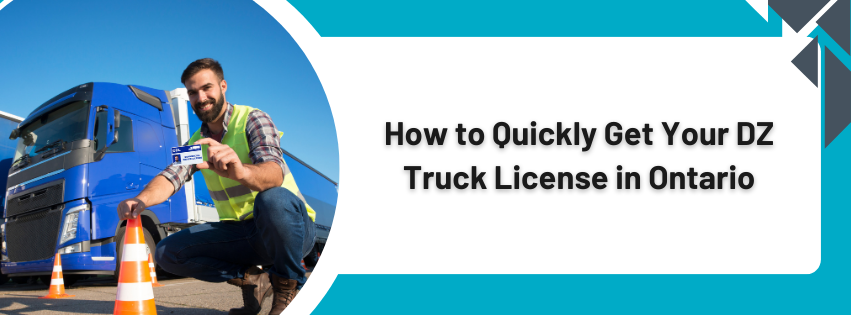Unlocking the Secrets of Obtaining a CDL License in Ontario
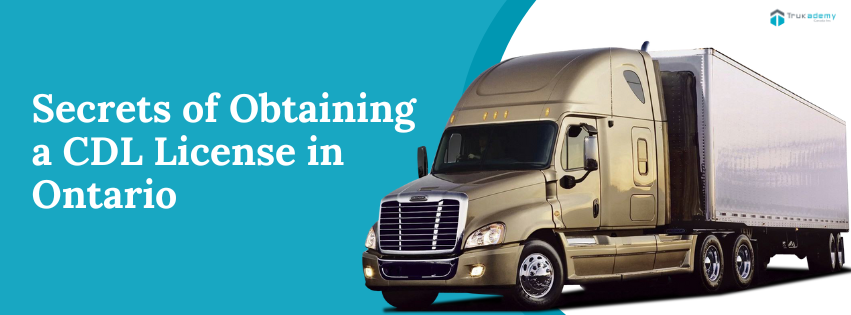
In Ontario, the commercial driver’s license (CDL) sector is experiencing rapid growth due to a booming economy and a persistent driver shortage. Obtaining a CDL can be your gateway to a stable and rewarding career, with opportunities ranging from long-haul cargo transport to local trucking. This guide covers everything you need to know, from training to benefits, as well as how Trukademy Truck Driving School can help you achieve your goals.
Why Pursue a CDL in Ontario?
The trucking industry is essential to Ontario’s economy, which has resulted in a high demand for skilled CDL drivers. With the right CDL training, you can choose from a variety of job opportunities—each offering competitive compensation and benefits.
CDL training institutes like Trukademy Truck Driving School provide exceptional programs that exceed industry standards. These training courses, which last from four to eight weeks, combine classroom learning and practical, hands-on driving experience to ensure you’re fully prepared for a career on the road.
Types of CDL Licenses in Ontario
The Ministry of Transportation in Ontario outlines several types of CDL licenses to cater to different commercial driving needs. Here’s a quick rundown:
Class A CDL License
A Class A license is necessary for drivers operating vehicles with towed units exceeding a weight of 4,600 kilograms. This license also includes vehicles covered under Class D and G licenses. Requirements include:
- Minimum age of 18 years.
- Holding a valid Ontario Class G or higher license.
- Passing a knowledge test on large trucks and tractor-trailers.
- Meeting vision standards and submitting a medical certificate.
- Completing a road test, which includes daily vehicle inspections and proficiency in handling combination vehicles.
Class D CDL License
Designed for operating vehicles weighing over 11,000 kilograms, a Class D license requires similar qualifications as Class A, ensuring drivers are ready to handle heavier vehicles.
Commercial Vehicle Operator Registration (CVOR)
A valid CVOR is mandatory for operating vehicles over 4,500 kilograms in registered weight or buses carrying 10 or more passengers.
Why Choose a CDL? The Benefits Await
Wide Range of Job Opportunities
With a CDL, you’re not limited to one type of job. From long-haul cargo transport to local delivery, municipal services, and specialized roles, the opportunities are vast.
Competitive Pay and Benefits
CDL drivers in Ontario can expect annual earnings ranging from $50,000 to $100,000, with additional perks like health benefits, retirement plans, and paid vacations.
Flexibility and Career Growth
Whether you want full-time work, part-time gigs, or seasonal jobs, a CDL provides flexibility. Many programs, including the Class A Entry Level M.E.L.T., offer a fast track into the industry, allowing you to start a new career in weeks.
Additional Perks
CDL holders often receive benefits such as tuition reimbursement, continued education opportunities, special bonuses, and a work-life balance that lets you enjoy home time.
Steps to Obtain Your CDL in Ontario
To start your CDL journey, you’ll need to follow these steps:
Mandatory Entry-Level Training
Completing at least 103.5 hours of entry-level training is required. This training is comprehensive, covering everything from theory to practical skills, and prepares you for safe driving on Ontario's roads.
- Completion of Training: Your driving record will automatically reflect your training status upon completion.
- Road Test Eligibility: After meeting all Class A requirements, you can take the road test.
- Validity: Training remains valid for life, ensuring your skills are up-to-date.
Training for Special Cases
- Upgrading from a restricted Class A to a full Class A requires training.
- New residents with less than 12 months of commercial driving experience in Canada need to complete mandatory training.
- Those with 12–24 months of experience can either undergo training or pass a knowledge and road test.
Approved Training Providers
Training must be conducted by approved providers under Ontario’s Driver Certification Program. Trukademy is one such provider, offering high-quality training to get you road-ready.
The Trukademy CDL License Training Program
Trukademy Trucking School is a trusted name in CDL training in Ontario, providing a wide range of courses:
Class 1 License Course
This comprehensive program offers over 200 hours of combined in-class and in-cab training, setting the stage for a lucrative driving career with salaries starting from $50,000 annually.
Tractor-Trailer MELT Program (Full-Time)
Candidates must provide a recent driver’s abstract, pass a medical exam, and meet a minimum English proficiency requirement. This program is ideal for individuals 18 and older with a valid driver’s license.
Specialized Courses
To enhance your skills, Trukademy offers additional courses like Winter Driving , Hazmat Training, and Air Brakes, providing targeted training to ensure safe and efficient driving under various conditions.
CDL Requirements to Note
- A valid CVOR is essential for specific vehicles.
- As of July 2022, passing the Class A road test in an automatic or semi-automatic vehicle restricts you to those transmission types.
- Manual transmission requires passing the test in a vehicle with at least eight forward gears.
Ready to Hit the Road? Start Your CDL Journey with Trukademy
Pursuing a CDL in Ontario opens doors to a wide range of career opportunities with competitive pay and benefits. Whether you’re interested in long-haul trips, local routes, or specialized driving, a CDL license can lead to a fulfilling and financially rewarding career. Trukademy Truck Driving School is here to support you every step of the way, with programs designed to meet and exceed industry standards.
Take the first step towards a new career and unlock your potential—enroll in a Trukademy training program today!

